By Lester F. Rentmeester
The following story describes one of our air raids when I was piloting a Boeing B-17 Flying Fortress during World War II. It is taken from my dairy and from the official Eighth Air Force records of that mission. For some of the crew, it may have seemed like just another mission; for me, sitting in the pilot’s seat, most of the 8 hours of flying were filled with unrelieved tension. (Read more first-hand accounts from the Second World War inside the pages of WWII History magazine.)
Our Singing Crew
The aircrews were awakened at 4 am on February 22, 1944, at our base at Bassingbourne, just south of Cambridge in England. There was little banter and no unnecessary conversation as we washed and dressed unhurriedly; breakfast was scheduled for 5 o’clock, and our mission briefing was scheduled for 6 am. Outside the blacked-out buildings, we moved about as if we were in the bottom of a black well, shivering in the damp cold that penetrated through out winter flying clothes.
At the auditorium, where the briefing was held, our ID cards were checked by the sentry who was stationed at the door; we didn’t want any unauthorized persons flying our mission for us. Our crew sat together in one apprehensive clump, drawing reassurance from each other’s presence. Most of us had trained together in the States, and this was the 11th time that we would be flying over Fortress Europe. This time, there were two different faces among the 10 of us. Ward Simonson, our radio operator and medic, was in the hospital, and his replacement was P.J. Del Toro. Rudy Malkin was replacing our newly grounded G.M. Cloyed as waist gunner.
This was Rudy’s first flight with our crew, and it would be a test to see if the crew would accept him as a regular member. We had our doubts because Rudy had one of the most severe cases of stuttering in my experience. When he approached me the week previously, requesting to be a member of the crew, it took him almost five minutes to make his wishes known. When I asked why he wanted to leave his safe job with the air police for this dangerous duty, he said that he wanted to do his part in the war. I told him that we would try him out on a test flight but that he would have to be able to communicate perfectly with the crew on the inter-communication system because crew survival in combat depended on teamwork. In addition, we were a singing crew, and he would have to play his part. It turned out that, when he used a throat mike, he had no speech impediment. Also, he sang many of the Gilbert and Sullivan patter-songs, adding a new dimension to our musical repertoire.
The others on the crew had proved themselves as solid citizens combat-wise. Bill Behrend, the New Jersey co-pilot, could not wait to get into combat and later became a P-51 Mustang fighter pilot after he had finished his Flying Fortress tour. Marylander Bob Roberts, as navigator, was never lost; he also flew a second tour. Joe Ashby, our Missouri bombardier, invariably did a professional job and sometimes doubled as navigator. Always smiling, Elmer (Mickey) Diethorn from Pittsburgh, was our flight engineer and top turret gunner.
Husky, competent Vermonter Gordon Wiggett manned the right waist gun and also kept our armament in operating condition. He would climb aboard the aircraft carrying a 75-pound .50-caliber machine gun in each hand and wearing extra ammunition over his shoulders. In the ball turret under the aircraft belly, was Chicagoan Frank Topits, whose small stature and aggressive nature helped make him effective as a marksman. Manning the twin .50-caliber machine guns in the tail was Philip (Flip) Lunt from California, who cheerfully flew on his knees in the most nausea-producing position in the aircraft.
The A in the triangle on the tail of the aircraft shows that the plane belonged to the 91st Bomb Group, and the triangle was the insignia of the 1st Air Division of the Eighth Air Force. The chin turret in the nose containing twin .50-caliber machine guns was added to the B-17G model, introduced in early 1944 because of the deadly head-on Luftwaffe fighter attacks.
Six Targets in Central Germany
The airmen jumped to attention as our commander and his staff entered the auditorium. They climbed the steps of a stage as we resumed our seats and the curtain was drawn back to reveal a map of Europe with our route to the target shown by strings attached to pins. All eyes anxiously looked for the target—was it deep in Germany?
Oschersleben again! We had bombed an aircraft factory there five weeks before and barely made it back in our damaged B-17 to the coast of England. Luftwaffe fighter opposition had been continuous on that raid. In all, we lost one-third of our force, and the German radio that night claimed they had shot down 132 B-17s. At no time on that mission did we have friendly fighter escort, except for the first long-range P-51D Mustang fighters.
The mood was grim in the briefing theater; we knew that we were locked in a deadly struggle with the Luftwaffe. Our leaders said that our strategic objectives were no longer ball bearing factories, oil refineries, transportation centers, etc. Now we must destroy the German aircraft in the air, on the ground, and in the factories, a necessary prelude to a successful Allied invasion of Nazi Europe. Later, we were proud when General Dwight Eisenhower, Supreme Allied Commander, told the invasion force that there would be no Luftwaffe opposition on D-Day and prouder still when he was right.
The briefing session covered many different subjects. Six German aircraft factories in central Germany were the targets, with two small diversionary raids to Denmark and Schweinfurt in southern Germany to confuse the Luftwaffe. Antiaircraft batteries were shown in red. Visual operating conditions were forecast for central Germany. Electronic jamming equipment would confuse the enemy radar. The bombing run would be upwind with the sun behind us, and withdrawal of the force south of the Ruhr Valley would carry them across an area of less fighter opposition. Two groups of P-51D fighters were assigned to protect our formation.
Chaplains were available to provide spiritual support after the briefing. The next stop for the airmen was the equipment hut, where we would pick up our parachutes, headgear, additional cold weather gear, and other equipment. It was always bitterly cold at our bombing altitudes; we were told to expect a temperature of 55 degrees below zero Farenheit today. The Eighth Air Force had more people hospitalized from frostbite than from battle wounds.
Our flak jackets were designed by a member of the 91st Bomb Group. They had heavy steel plates sewn into a canvas holder. Like our helmets, they were optional for aircrew members, but most elected to wear them. At the equipment hut, we also picked up our parachutes and heavy outer clothing like leather boots, trousers, and jackets.
During the air battles, the waist gunners would be ankle-deep in empty .50-caliber shells. Each aircraft would be allotted a certain number of rounds, but after early missions when we always ran out of ammunition, our aircrew armorer, Gordon Wiggett, would smuggle additional belts of ammunition aboard.
Two hours after briefing, the aircrew was assembled by our aircraft, inspecting the engines and bombs, then discussing aircrew coordination mostly for the benefit of the two replacements.
“Beer Barrel Polka”
From the moment we woke up, tension and apprehension had been building, reflecting the knowledge that a large number of our comrades had been shot down. Then, to lessen the tension, it was important to keep the minds and bodies of the aircrew occupied; we had established a routine that kept everybody busy as much as possible.
Our takeoff that morning occurred at 8:50 am, so the signal to the pilots to start their engines, when the crew had to be in their takeoff position, would have been around 8:15. That was when a white flare was fired from the tower. The 1,200-horsepower Wright Cyclone engines produced an explosion of sound, and anxious eyes scanned the many instruments to make sure that engine performance was satisfactory. Two spare aircraft stood ready to replace any B-17 that would have to abort.
Taxiing and takeoff were normal, although like always our aircraft was overloaded and a maximum performance takeoff was required. We had no difficulty finding our proper place in the 91st Bomb Group formation. Soon the 91st linked up with the 381st Bomb Group. These 59 B-17s formed the 1st Combat Wing. Solid cloud rising as high as 24,000 feet over East Anglia prevented over half of the attacking force from completing assembly. Our radio operator, who was monitoring the command radio frequency, reported that they had been recalled.
We donned our oxygen masks at 12,000 feet and, when we were over the English Channel, the gunners tested their weapons to make sure that they were operating properly. The 1st Combat Wing left the English coast at Clacton on schedule at 10:41, weaving in and out of the broken clouds. As was our custom, the crew started singing the “Beer Barrel Polka.” We would continue singing to break the constricting tension until we were attacked.
What it Was Like Flying Through a Sky of Flak in a B-17
The clouds prevented us from seeing the ground except for brief glimpses. Our navigator, Bob Roberts, broke into our musical performance with the announcement that we were 30 miles south of our planned course, which put us over the Ruhr Valley, which had the greatest concentration of antiaircraft guns in the world. A B-17 near us was hit and blew up. Because of the clouds, our escort of friendly fighters never did find us while we were over Germany.
Suddenly, there was a tremendous crash and the Jeannie Marie jumped upward. Then, another crash and the aircraft shook in a shuddering blast. The sky around us was bright red! Metal fragments were tearing into the fuselage. The aircraft controls—rudder, ailerons, elevators—were not responsive to any pressure from either of us two pilots.
Several weeks before we had watched as an antiaircraft shell exploded under a B-17 in our formation. The B-17 was thrown over on its back, then went straight down for about 10,000 feet, when it came apart!
The same thing appeared to be happening to us. The plane was out of control. The right wing dropped despite the fact that we were applying full pressure on our ailerons and rudder. Clad in heavy winter clothing, both Bill and I were perspiring heavily, and I had stopped my ceaseless pounding of my cold feet on the floor, which I normally did to keep them from freezing.
The right wing pointed straight down. It seemed that our only option was for me to warn the crew to hang on because I was going to try to roll the heavy aircraft by reversing the pressure on the controls. I would never know if that tactic would have worked because the aircraft started to respond to the pressure by slowly righting itself.
I would have sworn in a court of law that it was at least 10 minutes from the time when the shells first hit us until the aircraft had regained its normal flying attitude. When our pulse rates settled down and I had received a report of battle damage from the crew, it appeared that after the first shell exploded we flew through the debris from the exploding third and fourth shells. The Germans used 105mm cannons arranged in a battery of four, which fired in sequence a few seconds apart. This explains their exploding shell pattern.
The Adrenaline Rush of a Combat Pilot
One newspaper correspondent witnessing the Battle of Gettysburg during the Civil War said that during a moment of stress seconds of time became minutes. What happened to him, and to me, according to medical journals, was an abnormal rush of adrenaline pumped into the bloodstream, bringing about dramatic effects. Pupils dilate for better sight, blood pressure rises, the heart beats faster, and breathing is faster. The blood vessels near the skin contract so that there will be less loss of blood and faster clotting if wounded.
When the situation stabilized, the gunners reported on damage to the airplane. Flip Lunt, who operated his twin machine guns in a kneeling position, reported that there were holes all over the bottom of the plane but that he was not hurt. The two waist gunners gave a similar report. Frank Topits in the ball turret was fortunate that his guns were pointed to the rear. An explosion cracked the plexiglass in his turret behind him. His turret was working normally. In checking the underside of the aircraft, he found that the bomb bay doors were smashed and there was fluid leaking from the No. 3 engine.
We caught up to our squadron and resumed our place in the formation. The other planes in the squadron had all been hit with flak fragments, but their damage was not as extensive as ours. About 30 minutes later, at 1:30 pm according to my dairy, a large group of German Messerschmitt fighters, Me-109s, Me-110s, and Me-410s, along with Focke Wulf FW-190s came blasting through our formation.
A line of FW-190 and Me-109 fighter aircraft came at us, each one firing his cannon while rolling his aircraft to an inverted position, then diving straight down. Our squadron leader went into violent evasive action, which made it impossible for the pilots to keep their place in the formation. I was furious because he had done this on previous occasions, and I had expressed my displeasure to him. He did not return from this flight, or I would have done so again.
The next moment found me in a state of panic; B-17s were coming dangerously close to us from all sides. Looking out my window to the left, I saw a B-17 wing overlapping mine, so I tried to turn away to the right. Bill was resisting the turn for a good reason. The tip of a B-17 wing appeared on his side of the plane, not more than five feet from his window. Again, time stood still!
My lungs were gulping oxygen in great gasps. Later, I read that during rushes of adrenaline the lungs will take in five times as much air as normal. My throat was dry. It seemed like my brain refused to function, and I was in a state of panic for a while.
What seemed like a long time may have been only seconds because a hail of bullets made me function again. A blast of ice-cold air hit me in the face, and something jolted my chest letting me know that cannon shells had penetrated the nose of the aircraft. Later, we found an unexploded cannon shell in my seat. It had torn a hole in my flak jacket.
Damage Assessment
Because our group was at the head of the bomber stream, it bore the brunt of the vicious attack. Our airplane was riddled with cannon shells and machine-gun bullets by the time the third wave of fighters hit us. The No. 2 engine was slowly losing power, indicating that it had been damaged. I requested a report on battle damage from the crew on the inter-communication system.
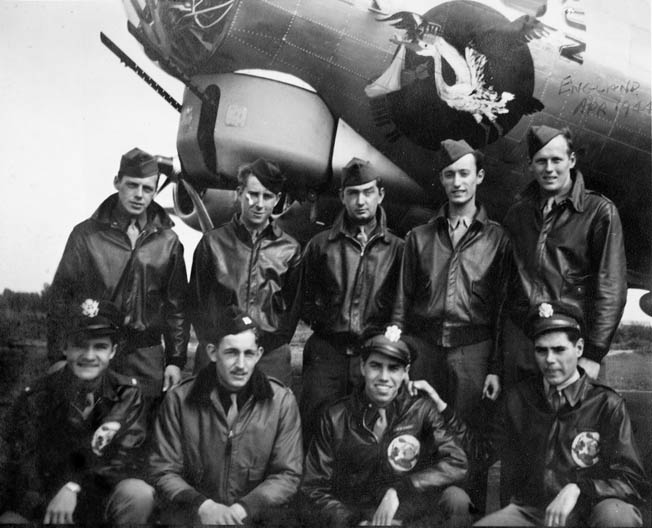
Lunt, in the tall position, reported that two B-17s, trailing behind us for protection, had been shot down. The left waist gunner and the ball turret gunner saw smoke but no flames coming from the No. 2 engine. In the nose Bob Roberts said that the shattering plexiglass had cut his flying suit off him on his right side without hurting him. He was now wearing a brown wool U.S. Army blanket that we carried for such emergencies.
We saw some twin-engine Me-410 aircraft off to our left, but they did not appear threatening. However, after we returned to England we found a huge hole in the horizontal stabilizer caused by the large rocket that the ME-410s carried. Although rockets were not as accurate as cannon shells, they had over four times the explosive power of a cannon shell.
Smoke and oil were pouring from our damaged engine, but we still had enough power to stay with the formation, which added to our longevity. The Germans always ganged up on stragglers, which were much easier to shoot down. Whether there were any other private chapels set up in the plane, I do not know, but there sure was one in the cockpit!
Yanking Open the Bomb Bay Doors
The German fighters left us temporarily as we prepared for our bombing run. Joe Ashby reported that the bomb bay doors would not open, and we asked the radio operator to crank them open manually. Minutes later, he reported that the doors were smashed so badly that he couldn’t budge them.
Again, time dilated so that seconds became minutes! My reaction was instantaneous, although it was based on a half dozen decisions that flashed through my mind in that moment of frozen time. We were carrying 12 500-pound bombs, each of which had a nose and a tail fuse. The nose fuse had a two-second delay, allowing the bomb to penetrate buildings before it exploded. Theoretically, the bombs would not explode until a little arming vane spun off during their fall. However, I had seen bomb-loaded B-17s explode in the air when they were hit by German ammunition. Yet, it was a risk that could be taken, and delivering the bombload was the name of the game.
We had lost some power in No. 3 engine after it was hit by the antiaircraft shells, and we now had a total loss of power in the smoking No. 2 engine. We had pushed the throttles of the other engines through an emergency barrier to get 51 inches of manifold pressure and 2,250 rpm, which provided an additional 150 horsepower per engine. Normally, emergency power was limited to five minutes because of the prohibitive strain on the engines, but we used it for the rest of the flight. We would not be able to make it back to England carrying this load. Two-thirds of our fuel was already used up according to our fuel gauges.
When Joe told me that he could not get the bomb bay doors open, I responded on the inter-phone, “I’ll take care of it.”
There was a green knob on the floor near the pilot’s left foot. We called it the Green Apple. It was connected to a cable, which ran back to the bomb shackles and released all of them. I reached down and gave it a vigorous yank. The only other time that I used the device was when Joe was wounded and could not drop the bombs.
This time, my heart was in my throat, as I could hear and feel the bombs thudding against one another above the crippled bomb bay doors. Finally, their combined weight smashed through the doors, and the aircraft leaped upward, free of its deadly burden. The crumpled doors were a drag on the aircraft for the rest of the flight.
There was an additional drag from the No. 2 engine, which had lost all its oil and power. We tried to feather the propeller, but the feathering pump was not working. The prop was windmilling and acting as a brake. To make matters worse, No. 3 engine was delivering only half its power; it never did give us any significant help for the rest of the trip. We were pulling emergency power on both outboard engines. The aircraft began shaking violently from the windmilling propeller, and the plane started losing altitude because of the reduced power.
A Rendezvous With P-47s
At this point, we were still deep in Germany, and it seemed that our immediate goal should be to try to get back over Belgium or France, where we could bail out if the plane did not break apart first. Every foot of altitude was precious. A B-17 without power and without bombload had a glide ratio of about 16 to one (16 feet forward for one foot of altitude lost), and with our limited power we should be able to convert our five miles of altitude into about 250-300 miles of distance. A propeller shaft was working loose, allowing the propeller to chop into the engine and wing. The aircraft was vibrating so badly that we could not read the instruments, and both Bill and I needed all of our strength to handle the controls. The plane was literally galloping through the air. We threw out everything that we could except our machine guns to lighten our load!
The crewmen were all in their parachutes and alertly watching for German fighters who liked to pick on cripples like us. We had been in a lead group, and now there were many unfortunate crippled stragglers behind us, whose pleading cries for help were constant on the radio. Our progress toward the west was agonizingly slow; each minute seemed like an hour.
Our navigator, Roberts, finally announced that we were leaving Germany, crossing into Belgium. This was the Flanders part of Belgium where all of my Wisconsin grandparents were born. If we bailed out here, maybe my scanty knowledge of Flemish would help us to escape.
Suddenly, the errant propeller, wobbling on its shaft, cut into the engine, and with a terrific shudder that ran through the plane it finally settled and froze into position. With the loss of this drag, the laboring engines allowed us to lose altitude at a much slower rate. We felt that our situation was definitely improving when a flight of four Republic P-47 Thunderbolt fighters, our first sight of friendly aircraft, approached. Accustomed to trigger-happy B-17 gunners, they first stood their planes on a wing to show us their unmistakable silhouette, then slid into position on each wing. The P-47 was a rugged airplane, which established a good record in Europe during World War II.
The radio was carrying a plaintive plea for help by a pilot being attacked by six Germans some distance behind us. I motioned to the nearest P-47 pilot that somebody needed help to our rear. He looked at our tail and, misunderstanding my gesture, shook his head in sympathy.
I asked our radio operator to tell the fighters on the fighter frequency, Swordfish, that several planes needed their help urgently back toward Germany. Shortly thereafter, the P-47s did a wingover and danced away. Bill and I looked at each other. We both would have given our eye teeth to be fighter pilots.
Crossing the Channel
We were now at a low enough altitude to remove our green rubber oxygen masks, with the accordion tube and dangling microphone cord, from our leather helmets. These are pulled so tight at high altitudes that the hair on the head hurts and the skin is creased for a day after the flight. It always amazed me that the smell of gunpowder could penetrate through the tight fit of the oxygen mask.
It is hard to keep from staring at the clock hands at a time like this. At our reduced speed we were inching across Belgium, losing altitude despite our straining, overtaxed engines. Now at 2,000 feet, Bob guided us over the northern tip of France, just north of Calais, where we maneuvered to thwart hostile flak guns.
The radio operator received a message that the cloud cover was solid down to 300 feet over England. With a terrific shake, the prop cut loose and started its frightening vibration again. Oil from the engine spattered over the windshield, cutting off vision, and the vibration made it impossible to read the instruments—a condition that has been repeating in a recurring bad dream ever since that day decades ago. We were about 100 feet over the water with gas gauges at zero. We notified the British Coastal Command that we might ditch in the Channel. The white streamers were lifting off the top of the waves just beneath us. The water would be like concrete if we hit it and cold enough so that a person could live only about 15 minutes after ditching.
We were skipping off the top of a wad of air between the wings and the surface, which allowed us to reduce power and conserve fuel. This is called the “ground effect,” and it operates at 75 feet altitude and below for a B-17. Through the oil on the window, I could see an orange glow. The engine was on fire again, and this time it appeared to be a high-intensity metal fire. The fire extinguisher had no effect on the fire.
The B-17 has a little window on the side of the windshield for such emergencies, and by craning his neck a pilot can see out. Seeing the coast come up, we inched the B-17 above the trees, grateful for the sight of friendly England.
Crash Landing
The intercom was not operating, so I notified the crew by an alarm bell to prepare for a crash landing. We could not hear the bell, so Bill went forward to notify Bob and Joe in the front, and Mickey went off to warn the five crew members in the rear.
Unexpectedly, I saw a four-story brick factory directly ahead. Although we were not much above stalling speed, I had to jerk the control column back to clear it. The airplane seemed to hesitate, then threw off the propeller and the burning part of the engine and hopped over the building
Bill was a long time returning from the front of the plane, where he had notified Joe and Bob of the imminent crash landing. He explained that the front was a shambles and that he had gotten trapped in a tangle of wires.
Mickey returned from the rear with a strange story. Instead of finding the men in their crash landing positions in the radio room, they were attacking the rear exit door, which was jammed shut. The alarm bell had shorted out, ringing continuously, which was the signal to bail out! Mickey arrived in time to see big Gordon Wiggett kick the door out into the slipstream, then look in amazement at the trees going by at eye level!
By the time Bill and Mickey returned to the cockpit, I was circling a nice, flat, plowed area that looked like a good candidate for a crash landing field. The plane was flying a lot better now without the extra weight and drag, but the gas tanks still showed zero.
By a stroke of luck, we spotted a clear area, which turned out to be an emergency airfield, and we headed for it, making a straight-in approach. Fortunately, the landing gear mechanism worked. As the tail went down for the landing, what little gas there was drained to the back of the tanks, and the engines quit. A truck came out to pick us up. We loaded our parachutes and machine guns into it, all that we had left after throwing the rest of our gear out over Germany to lighten our load.
The intelligence officers debriefed our subdued and exhausted crew, after which we ate, and then climbed back into the truck for the ride to Bassingbourne. It was dark by then. Our slow trip back to England had added an hour of flying time. The 10 of us sprawled over our parachutes dozing off.
41 Aircraft Shot Down
Wartime England had fake signposts on its roads, designed to confuse the Germans in case of the expected invasion in their terrible summer and fall of 1940. It confused our driver also, who at one point had to leave his cab to ask directions. When he got out he slammed his door. All 10 of us jumped a foot in the air and yelled, “Flak!”
When we got back to base about 1 am, we saw London all lit up under a German attack, a part of the “Little Blitz” going on at that time.
Other crews in the group had seen our aircraft on fire and reported us shot down. The Eighth Air Force Narrative of Operations and a note in my diary state that 430 aircraft took off, 99 hit the target, and 41 were shot down.
Ward Simonson, our grounded radio operator, was glad to see his buddies back home safely. Our reunion was emotional.
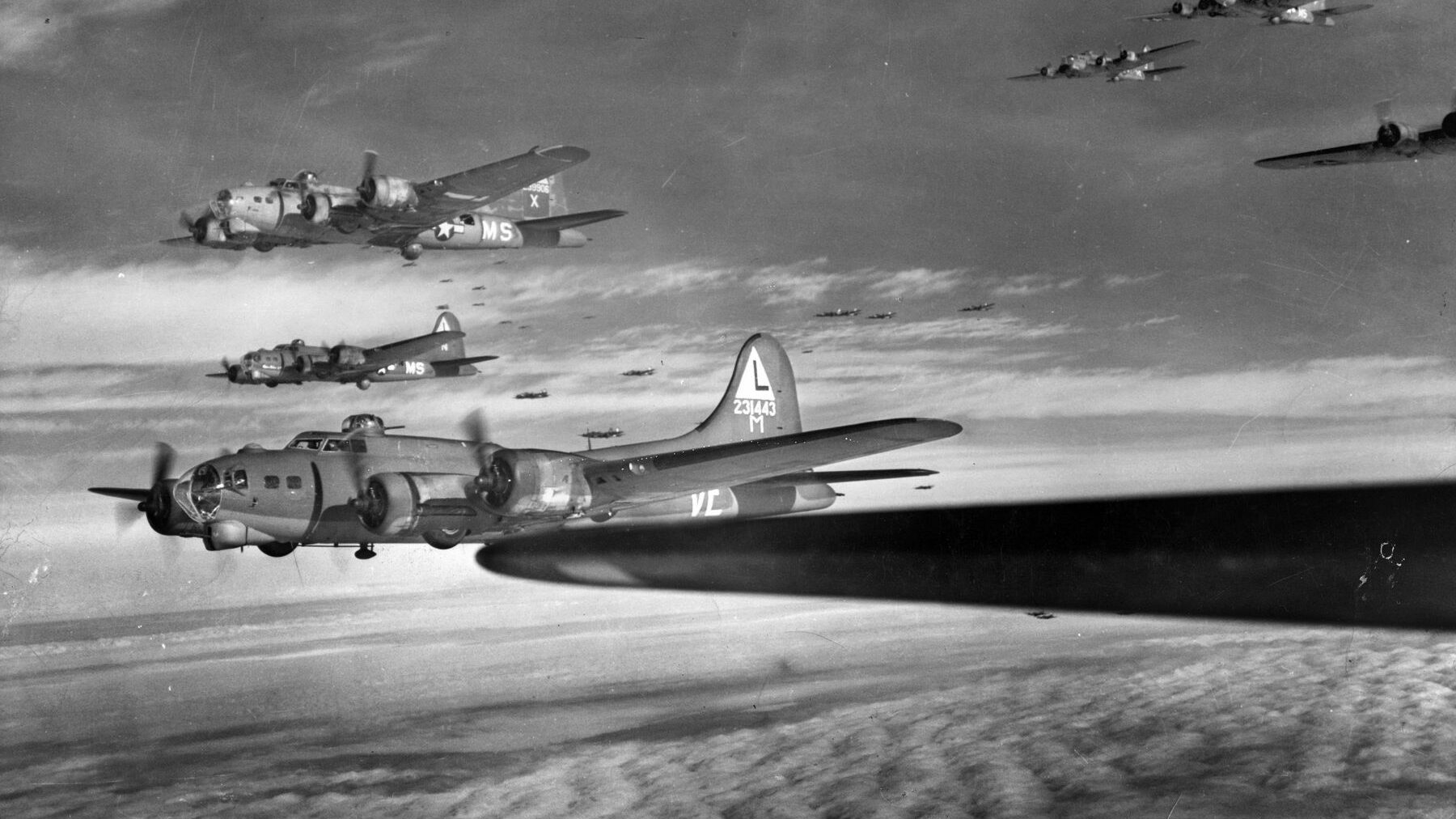
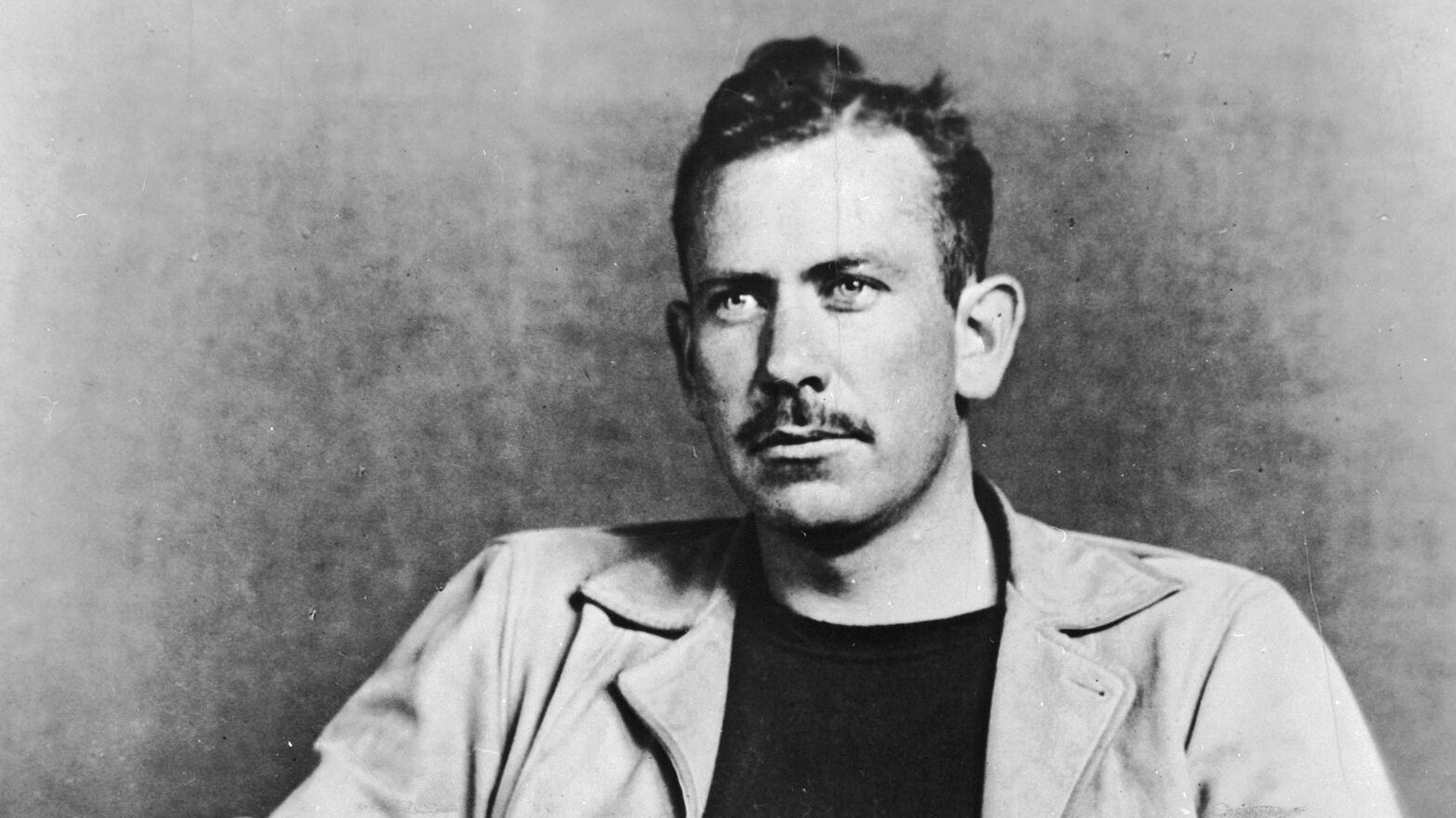
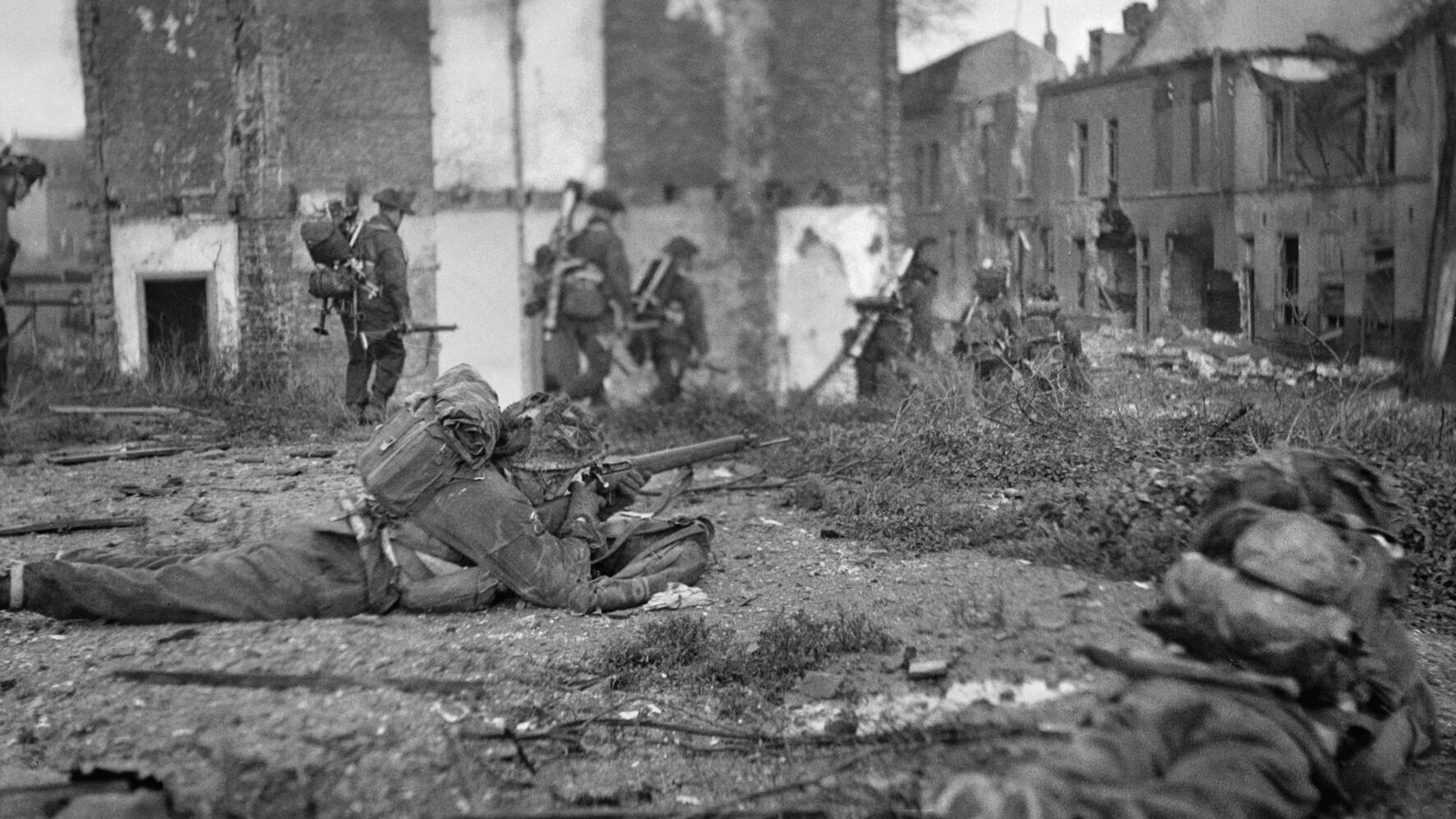
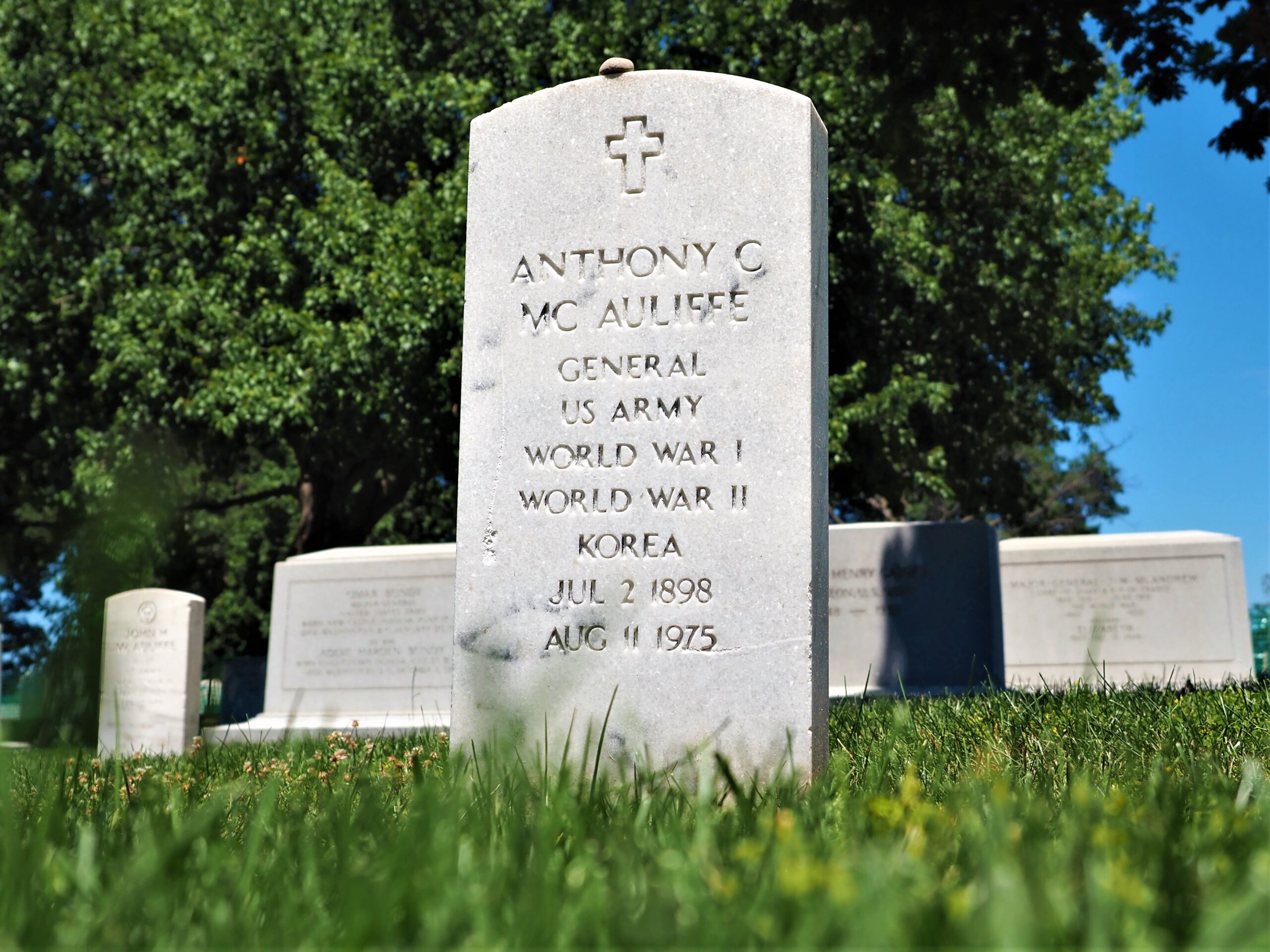
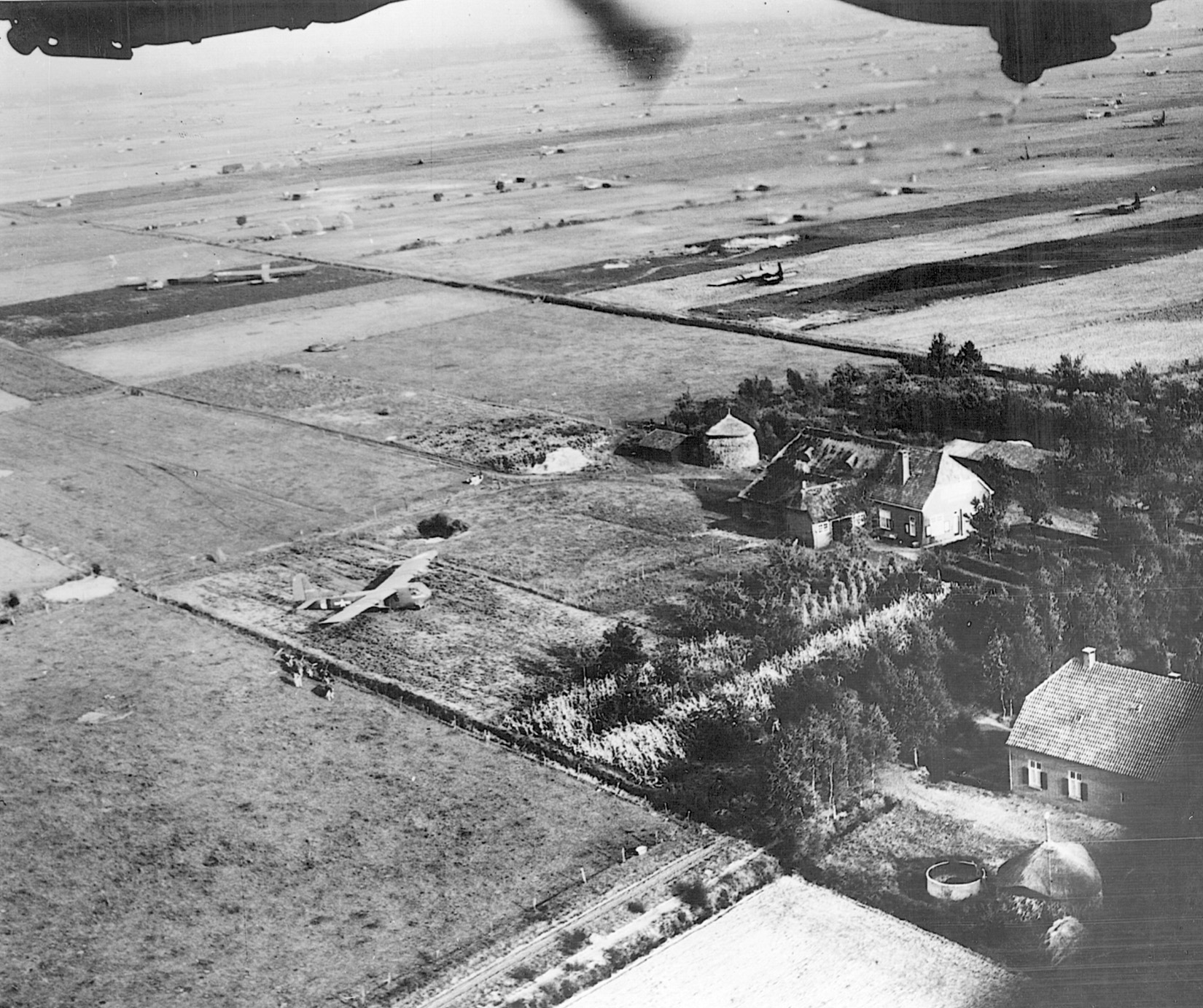
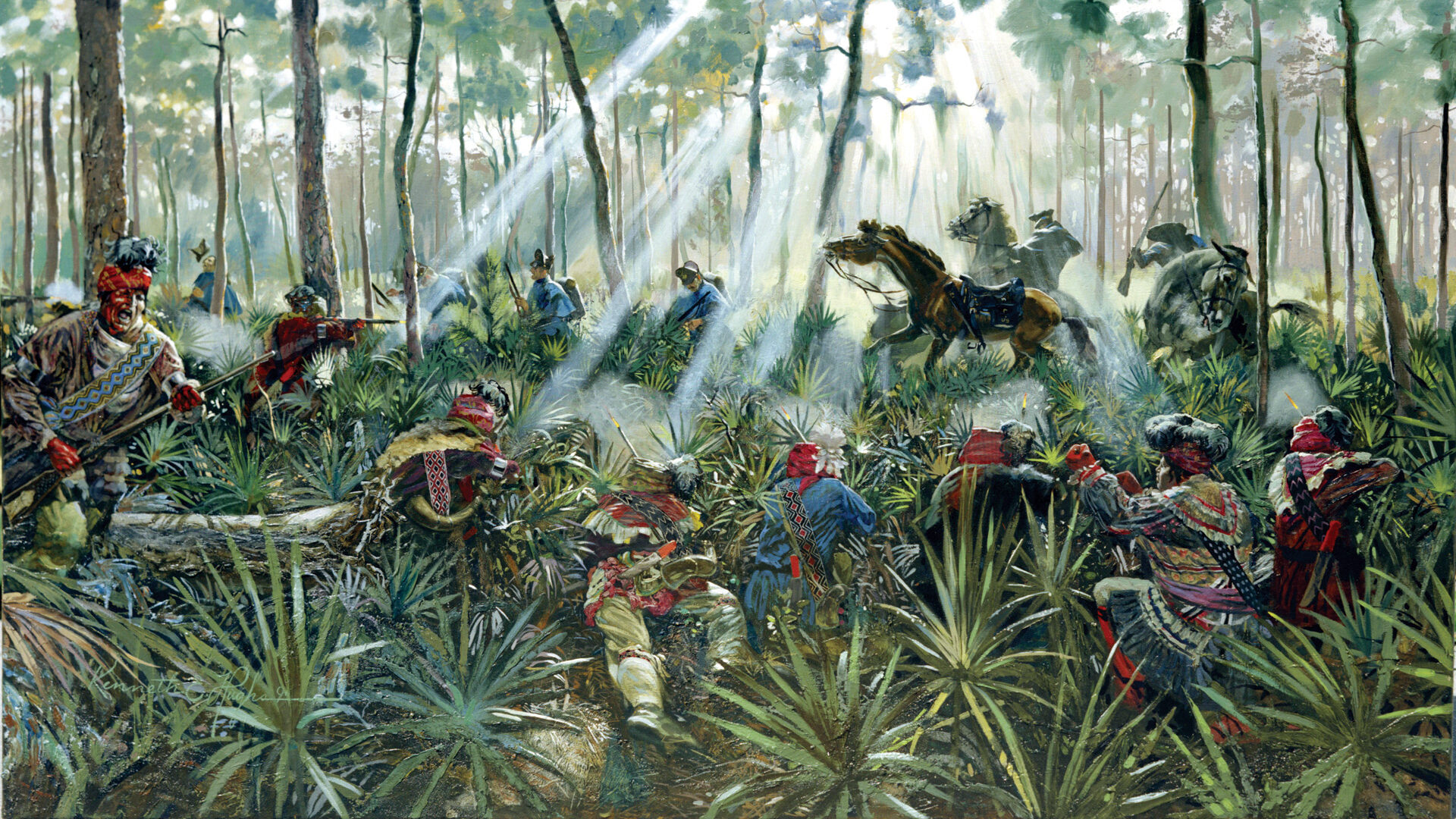
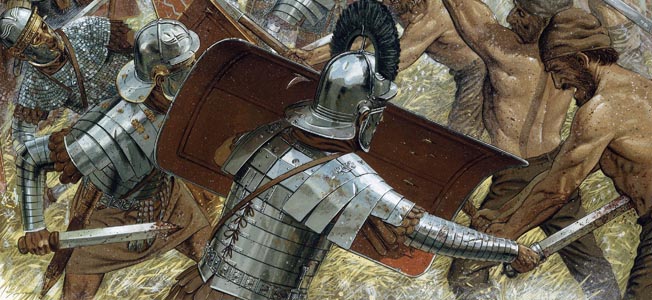
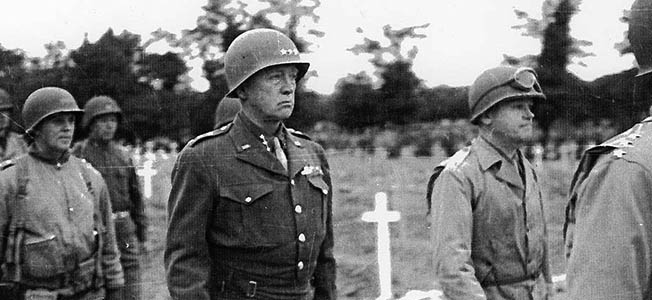
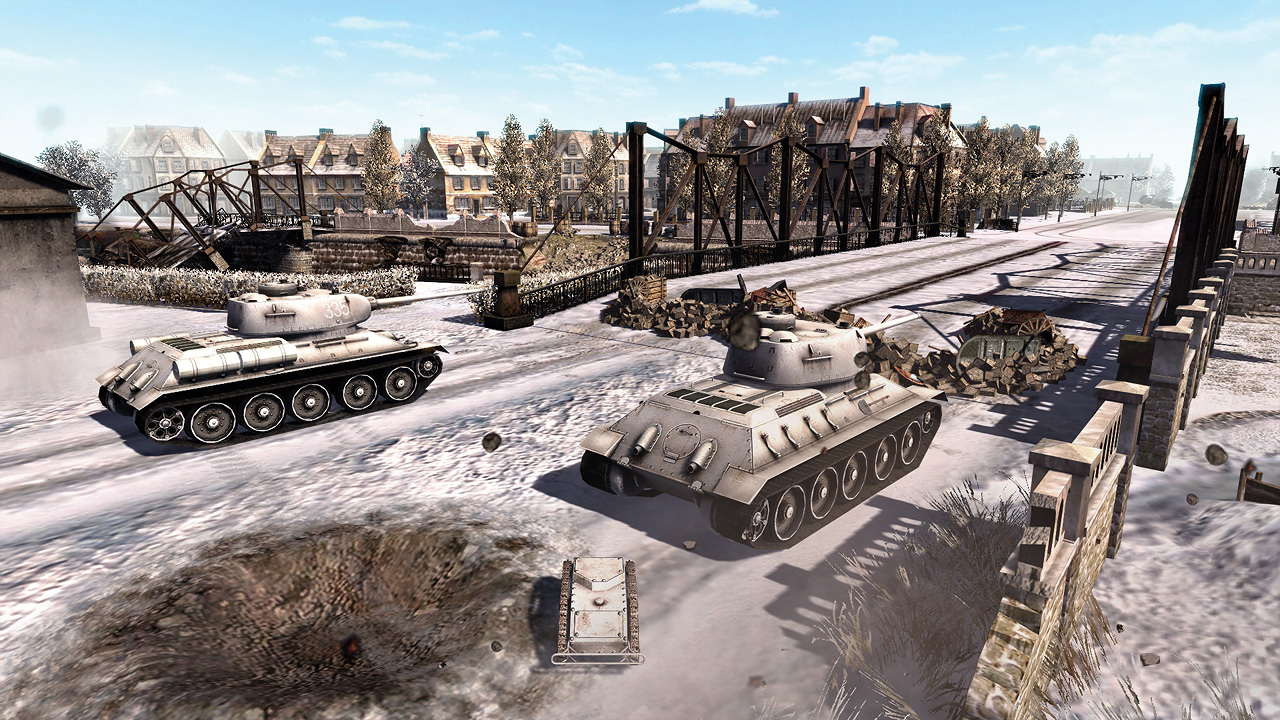
The writer is forgetting that by said dates he is alleging to have anticipated and encountered the Luftwaffe’s fighter planes the Royal airforce and the united States eighth airforce had decimated the Luftwaffe to a mere shell, and the allies,chiefly British and Americans had developed a long range escort fighter planes. I don’t mean he is lying but,, he got lost in the thick of action,, all in all I enjoyed his story
I think Mr Njage needs to read more on that mission – February 22nd 1944 – and then revisit his comment, specifically addressing the incorrect remark that besmirches all the aircrew lost that day that the Luftwaffe were then a waning force.
You are quite correct Jack, the Luftwaffe was alive and well in the late winter of 1944. The allies were about to start the campaign to get the skies clear by D-Day but that would involve putting up many B-17s and B-24s to force the Germans up to defend their cities and industries. I am researching the life and times of a Ball Turret Gunner who flew his 35 missions between June 28 and December 28th of 44′ with the 381st including four to Merseberg. The Germans were still heavily defending their vital industries. Though some missions were just concerned with flak they did get hit by fighters including a mission where they were shot down and parachuted to safety. In my research I have run into many guys like Mr. Njage who don’t know what they are talking about.
The Luftwaffe was still going at it with the USAAF up until May 1, 1945. They were still shooting down American bombers, including with ME 262 jet fighters. Even though the ME 262s had a 4:1 kill ratio, there weren’t enough 262s to make a difference against thousand bomber raids and 200 escorting fighters. The Luftwaffe was still using ME 109s and FW-190s (Ta-152s and 190-D Doras), along with ME410 (with rockets) to fight the bomber raids, during March, April and May of 1945.
My comment here only an inquiry about perspective (and I’ve flown in the tail gunner position when reporting a story on the B-17):
“Flip Lunt, (the tail gunner) reported that there were holes all over the bottom of the plane but that he was not hurt.”
I’m not sure how Lunt could see much — if any — of the underside of the plane since his position not only faced straight back, and the tiny side windows would not give him much of a view forward, but he was actually perched higher than the wings.